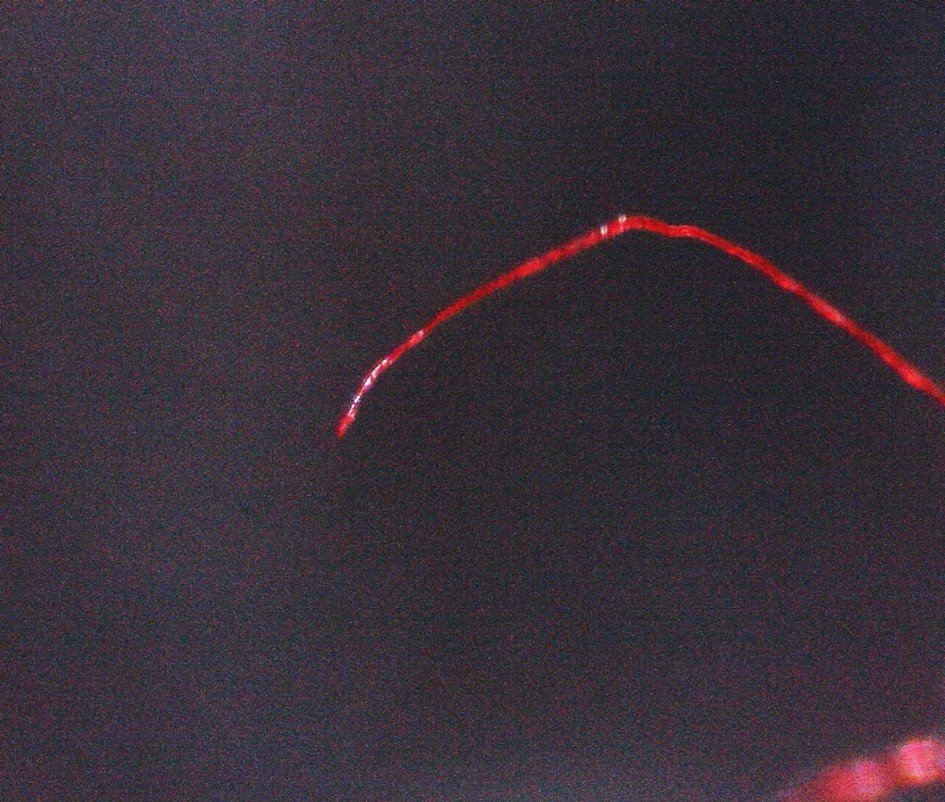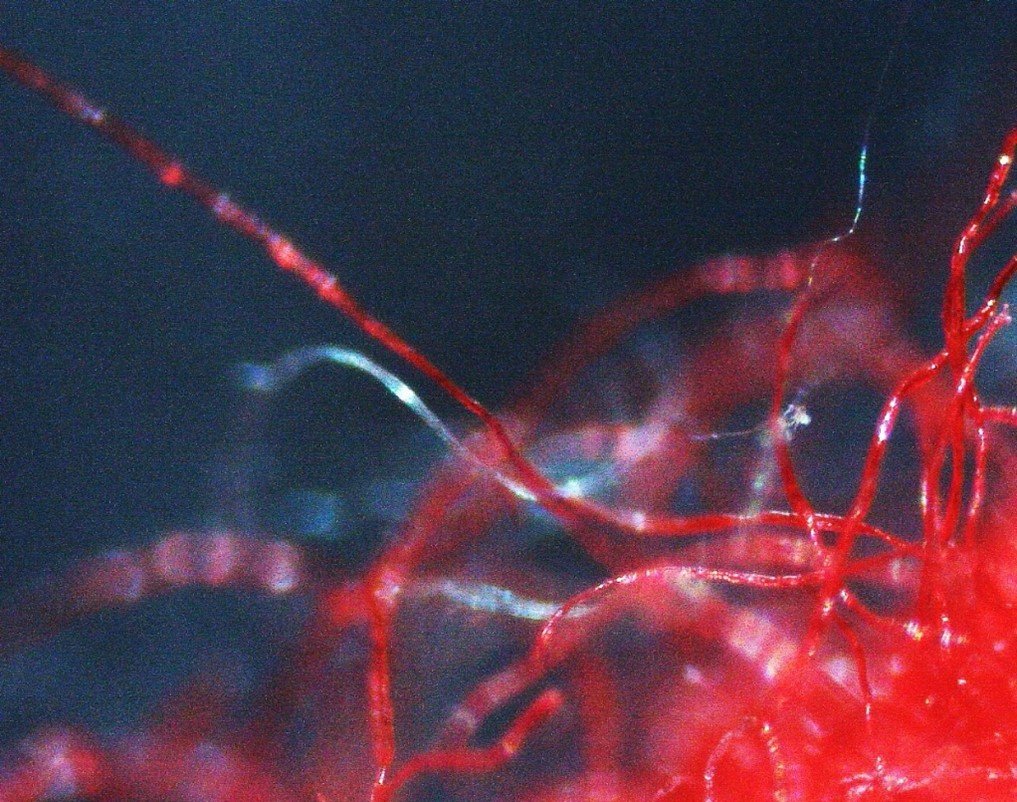The Art of Healing
We are on the sixth of this series of blog posts where we meet artists and creatives, talk to them about their strategies for managing their mental health and how their artistic practice supports this. We have felt so lucky that so many people have given us their time and their honest reponses to our questions so far for this project.
Ivana Mancic was born in Serbia in 1980, and her multi diciplinary artwork addresses the questions of war, identity, loss and belonging in the context of the breakup of Yugoslavia, as a result of a series of political upheavals and conflicts during the early 1990s. It is intensely personal, an expression of her grief and an exploration into her divided self.
The young artist
“Since my early age, I was very passionate about art and I remember that it helped me not to feel alone. Since I had no siblings, it kept me entertained in my solitary hours.
As years went by, I started pursuing my passion more seriously. I have always been inclined to humanities and have studied English language and literature. I have always been very fond of reading and I graduated within the deadline, after 4 years of studying. I acquired my first degree, B.Ed. at the University of Novi Sad, Serbia.
While working as a secondary school teacher I started attending drawing classes and this prompted me to take an entry exam into the Academy of Arts, University of Novi Sad, Serbia, where I soon stared my BA in sculpture. This was a full time course and it allowed me to further develop and pursue my interest in art. In addition, this was my first contact with photography as a medium.
After less than 4 years I gained my BA in Arts (sculpture) and this was soon followed by an MA in Arts (Drawing) at the same Academy of Arts.
I kept painting, drawing and sculpting and over a course of years I exhibited in many international shows.
In 2018 I was accepted to a PhD course at Nottingham Trent University with a focus on photographic practice based research. “
Chipped paint from a baton, microscope photograph, 2021, graveyard, Ruma, Serbia
The power of photography
“Practice-based art and artistic representation in the form of photography alongside the personal narration are in the focus of my research. The practice-based research focuses on my interpretation of the Yugoslav Civil war and offers and analyses my personal experience in relation to the issues of identity, belonging, loss and disappearance. It focuses on the old times, people, ways of life, buildings and human artifacts belonging to the historical period of communist Yugoslavia which once were, yet no longer remain, while the personal narrative is made of intercepted fragments of my memory, pieced together like elements of a jigsaw. The people and spaces lost, things that might have been- the ghosts inside. Therefore, the aim of photographs is to contribute to the new knowledge in this respect.
Photographic practice-based exploration is conducted with the intention of presenting my emotional response to what Yugoslavia meant to me. In that sense, microscope photographs have elements of site-specificity as they are directly derived and originate from sites and material objects used in Yugoslavia.“
Favourite piece
Yugoslavia as a Home
Tito’s pioneers, during a school play, around 1984, with my mother at the back as a teacher, ‘Ivo Lola Ribar’ elementary school, Ruma, photograph from my family’s personal collection, 2019, Ruma, Serbia
“I remember the first day of school in 1986. I was a small girl with a pioneer hat. Even though Tito, the Yugoslav communist revolutionary, died the ideal still existed for the next ten years. The children wore those pioneer hats and red scarves around their necks. We were so proud of these symbols of our belonging. I remember standing among other students with the Yugoslav flag waving in the wind above our heads as we were being welcomed to our school days.
I was too young to define it as such, but if I ever felt the sense of belonging, it was on that day.
Wearing a red scarf and blue pioneer hat meant pride. It meant that we, the young people of Yugoslavia, give our pledge to the values of our country and it was also a promise of our future loyalty to Tito and the communist party. Above all, it meant being integrated in the community, feeling as if this political belonging was our purpose, as something that defines us as valuable members of the society, something heart-warming. Perhaps this notion that is hard to explain to me, from this perspective, was a merger of patriotism on one hand and belonging on the other.
Yugoslavia ended with bloodshed and brutality and we all got to see the Yugoslav dream cave in and disappear. It came as no wonder to me to find in the Old Market in Skopje, today’s Northern Macedonia which was a part of Yugoslavia once, a relief of Tito, the Yugoslav president, among other antiques, thrown away and forgotten behind an old clock and a pair of worn out football boots.”
Thread from a pioneer scarf, microscope photographs, 2021, Ruma, Serbia
The healing power of art
“Photography, but also sculpture and drawing represent ways to cope with traumatic and painful events from my past which was marked by the issues surrounding the Yugoslav Civil war and the loss of my country. It is also a way to present my emotional response to them and through doing so, allow a sense of healing. Art is a unique way to question and re-examine the sensitive notions of belonging and identity and to aid me through my quest and exploration of these sensitive issues, but also a way to connect, contribute and open up a dialogue with other artists and researchers.”
On being brave
“Never give up on your dreams, it is not going to be easy and there are always challenges, but pursuing our passion is what makes us who we are and defines us as individuals. This takes a lot of bravery and with art on our side, we are never alone.”
Thoughts on self care
“Surrounding yourself with people who understand you, do not judge and give you a chance even in your darkest moments is extremely important. For me contact with nature is equally relevant, spending time in my garden surrounded with flowers and trees and in my house where I still keep these memories of my family, photographs of Yugoslavia, items that marked that era, all together with my artwork. When I get overwhelmed with duties, job, expectations, I go back there. I go back home, not the one I had and lost after the dissolution of Yugoslavia, but the one I managed to rebuild. That is the place where I find myself again.”
A true testament to the empowering nature of art. Thank you Ivana, your words will stay with us for a long time.
Debra Thortify



